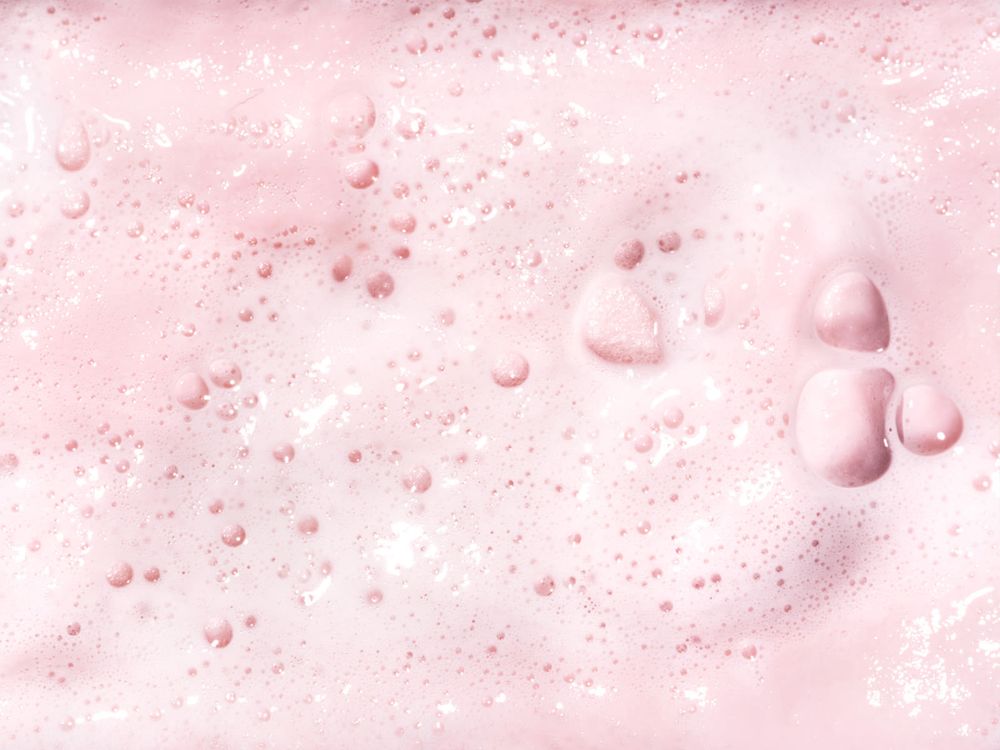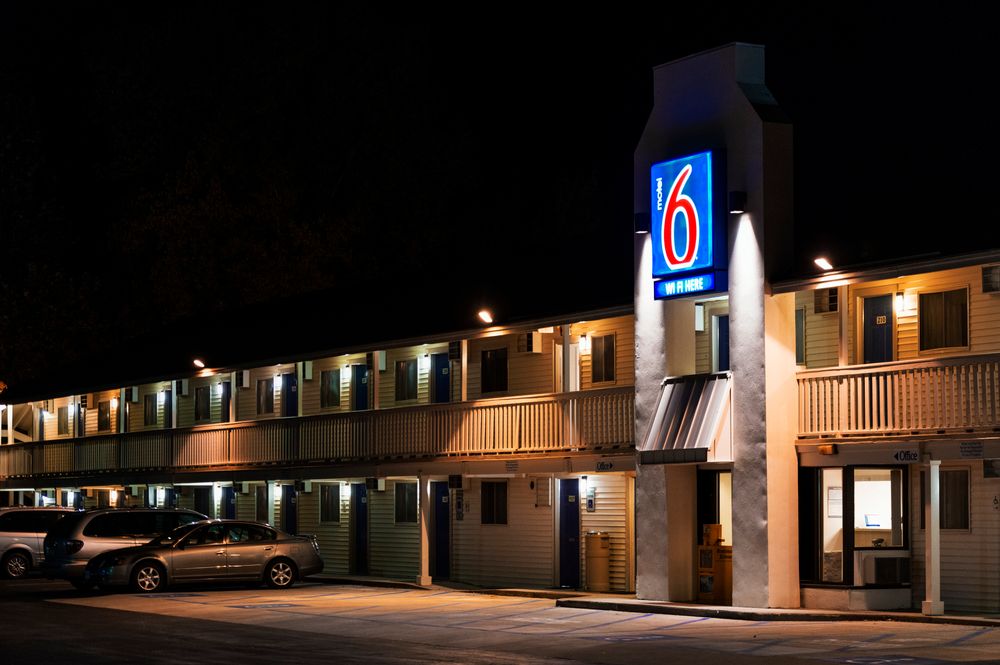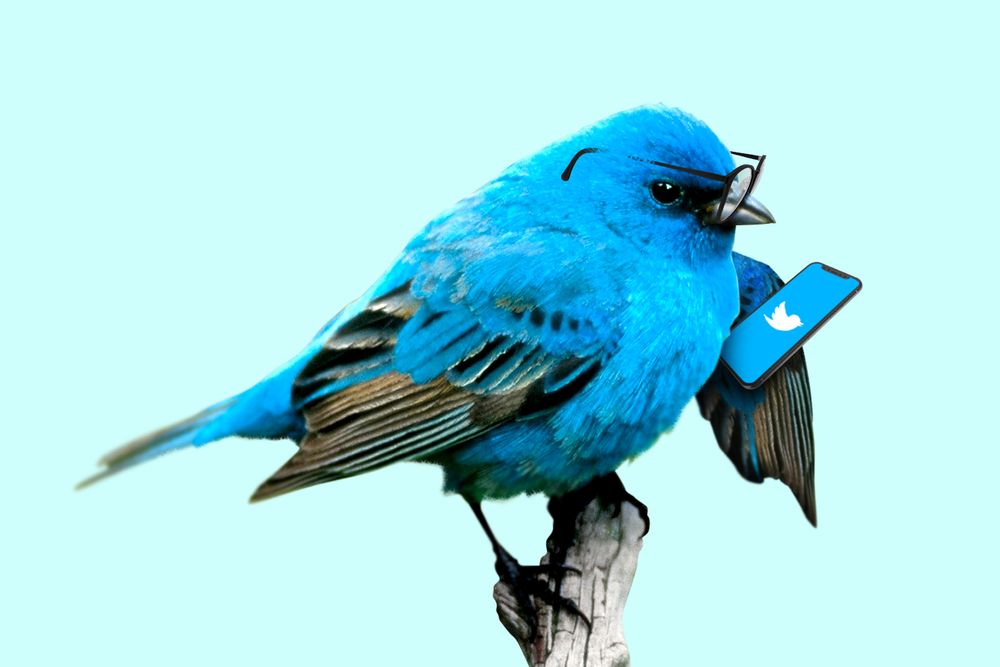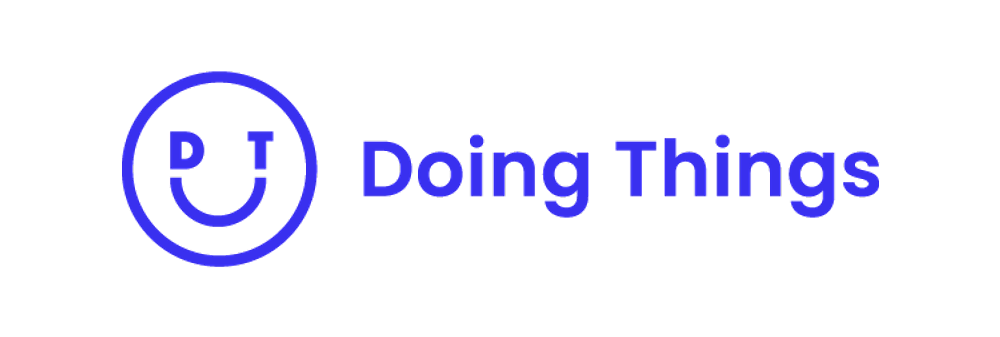|
You made it to Friday, Marketing Brewers. Last call: We’re still giving away AirPods Pro until Monday. See here for the deets.
- Glossier, Queen of Marketers
- Stan Richards exits
- How it started, how it’s going
— Phoebe Bain
|
|

Glossier
|
Here’s a hot take that shouldn’t be a hot take: Glossier single-handedly disrupted brand marketing strategy as we know it today. From popularizing the shade of pink that ended up becoming Pantone’s 2016 color of the year to demonstrating the value of user-generated content (UGC), when Glossier speaks, marketers listen.
 : On Thursday morning, Glossier rolled out an omnichannel launch campaign for its latest Body Hero line additions, the Exfoliating Bar and Dry-Touch Oil Mist. : On Thursday morning, Glossier rolled out an omnichannel launch campaign for its latest Body Hero line additions, the Exfoliating Bar and Dry-Touch Oil Mist.
Sports are the great expander
Glossier will try to use these new products to expand beyond its cult following of coastal elites to—well, everyone else.
- Rather than placing purposefully vague billboards in pricey LA and NYC neighborhoods, “we’re expanding our reach with high-impact digital placements on notable editorial platforms,” a Glossier spokesperson told Marketing Brew.
As we found out during the pandemic, “everyone else” really loves sports—no coincidence that eight WNBA players were tapped as stars of the campaign. Since the pandemic upended the sports world, brands across industries have appealed to fan emotion and “love of the game” by centering athletes in ads.
Down-to-earth celebs > glitzy influencers
Until now, Glossier has emphasized aesthetic beauty in its campaigns by making a diverse array of models look naturally beautiful after using Glossier products.
That...makes a lot of sense for a beauty brand, right? Yes, but in a post-third-wave feminism culture where beauty isn't about looking beautiful but rather about feeling good, that could seem tone deaf.
Digging deeper: The campaign’s core social video spot depicts Glossier’s WNBA spokeswomen saying they use Body Hero because they “deserve” to feel beautiful and embrace their bodies before playing their sport.
The lesson: Choose influencers who will connect with your target audience on an emotional level—not just an aesthetic one.
Exclusivity is essential
For a company with a cult following like Glossier to stay on-brand while expanding its target audience, the feeling of exclusivity has to remain constant. Enter: the WNBA bubble...er, Wubble.
- “In a venue that was quite literally designed to be isolated from the outside world, we found ourselves waking up with Amanda, getting ready with Sue, and practicing on the court with Natalie, all while learning about the rituals they keep, the products they love, and how they’ve come to define beauty as athletes and individuals,” Glossier SVP of Marketing Ali Weiss wrote in a blog post about the launch.
Big picture: Glossier usually takes an intimate look at the lives of its brand loyalists for UGC posts. Through the “Wubble,” it achieves the same level of intimacy using celebrity athletes because having exclusive access to them makes them appear more like regular people.
|
|

John Greim/Getty Images
|
News flash: Catering to white supremacist consumers is simply never a good idea for a brand.
In an agency meeting with no clients present, The Richards Group branding shop founder Stan Richards said that a potential Motel 6 ad meant to celebrate Black artists was “too Black” and would offend Motel 6’s significant “white supremacist constituents,” per Ad Age. Richards has since “fired himself” and admitted he was wrong.
Racist words spread fast: Cracker Barrel, Motel 6, Keurig Dr Pepper, The Home Depot, and the Salvation Army are all cutting ties with The Richards Group as a result. The agency had worked with Motel 6 for more than thirty years and The Home Depot for more than two decades.
My takeaway: Obviously, Richards's comments are bad because they sympathize with a racist constituency. But they're also totally misguided from a business POV: The agency didn't benefit, and studies consistently show diversity in advertisements leads to better performance.
For example, brands with the most representative ads saw an average stock gain of 44% in a seven-quarter period ending last year, and brands with the highest diversity scores showed an 83% higher consumer preference, per a study the agency Heat shared with Marketing Dive in October 2019.
|
|
SPONSORED BY DOING THINGS MEDIA
|

|
If the only things getting you through 2020 are the funny memes you share with your friends, you aren’t alone. Meme content is shared 7x more than non-meme content on Instagram—and thanks to your friends at Doing Things Media, your brand can now be part of the conversation.
Through the first-ever MemeFronts you can learn how brands have leveraged this new CRM: Culturally Relevant Marketing, and driven unparalleled results through Meme Marketing.
With 60 million followers across 20+ original brands, including Neat Mom, Neat Dad, Middle Class Fancy, and Gamers Doing Things, Doing Things Media has quickly become the leader in this space.
Sign up now to watch the MemeFronts, where they will share their expertise on how major brands have created branded content that consumers actually engage with, share, and most importantly, love.
Sign up and watch the first-ever MemeFronts here.
|
|

Francis Scialabba
|
As a bit of an experiment, I tweeted the Marketing Brew version of one of those “How it started, how it’s going” memes yesterday. It got…more engagement than the average Marketing Brew tweet (shameless plug for our Twitter account here). And it turns out it’s not exactly a one-off.
Across the Twitterverse: Porsche, Hyundai, Benefit Cosmetics, Rimmel London, sweetgreen, Chili’s, McDonald’s, 7-Eleven, Bacardi, Johnnie Walker, Audible, and eBay all employed the trend this week.
Why it works:
- “We know that cultural relevance plays a massively important part of a consumer’s purchasing decisions; therefore embracing these…moments positively affects the bottom line,” Senior Director of Brand Strategy Ryan Oliver at Twitter Next told Marketing Brew.
- “Properly tapping into these conversations not only facilitates deeper connections with an audience, but it will also have long-term benefits for the brand.”
Bottom line: A brand’s cultural involvement accounts for 25% of a consumer’s purchasing decision, according to a 2019 U.S. Twitter study. So this weekend, consider taking a second to let your audience on Twitter know how it’s going, and perhaps also how it started.
|
|
-
McCann CEO and Chairman Harris Diamond is stepping down at the end of the year; McCann vet Bill Kolb will replace him.
-
Mindshare fired its CEO, Nick Emery, for a “breach of conduct.”
-
Amazon Prime and ViacomCBS are expanding their NFL coverage to carry one wildcard playoff game this season.
-
Adcolor founder Tiffany R. Warren is leaving Omnicom for Sony Music.
-
TikTok is entering a new partnership with OpenSlate to better ensure platform brand safety for advertisers.
|
|

|
A message on messaging from the masters. Attentive’s fall masters of SMS marketing are here with a case study booklet to teach you the way of the best text message marketers. Mobile Messaging Masters highlights examples from Steve Madden, Bandier, Milani Cosmetics, and more. Learn how brands like these are building two-way conversations to engage their audiences and build loyalty in a way that can drive performance, like 25x+ ROI. Get Attentive’s masterful guide here.
|
|

Francis Scialabba
|
Marketing tips to make you fancy
LinkedIn: Have you tested out LinkedIn Stories yet? If so, I’d love to hear how it’s going for you. If not, find out if they make sense in your social media marketing strategy.
Links: Bookmark one of these tools if you constantly find yourself looking for a URL shortener.
Events: If you’ve been hosting virtual events through Zoom this...whole time…you might be making one of these four common mistakes.
More events: Watch Morning Brew CEO Alex Lieberman’s latest CMO Series interviews with Jellyfish CEO Rob Pierre and SurveyMonkey CMO Leela Srinivasan.
|
|
|
Stat: The infamous TikTok deal could affect 73% of marketers’ advertising plans in 2021.
Quote: “What is missing is the lack of research and collaboration that happens within an agency with digital, creative and research. In addition, most social departments or teams in agencies involve more than just one person.” —Karen Freberg for Adweek on what Netflix’s Emily in Paris gets wrong about marketing.
Read: Junior by Thomas Kemeny, which is currently on the way to my mailbox care of marketer extraordinaire Matthew Kobach.
|
|
|
Catch up on the top Marketing Brew stories from the last few editions.
|
|
|
Written by
@notnotphoebe
Was this email forwarded to you? Sign up here.
|
ADVERTISE // CAREERS // SHOP
Update your email preferences or unsubscribe here.
View our privacy policy here.
Copyright ©2020 Morning Brew. All rights reserved.
40 Exchange Pl., Suite #300, New York, NY 10005
|
|










